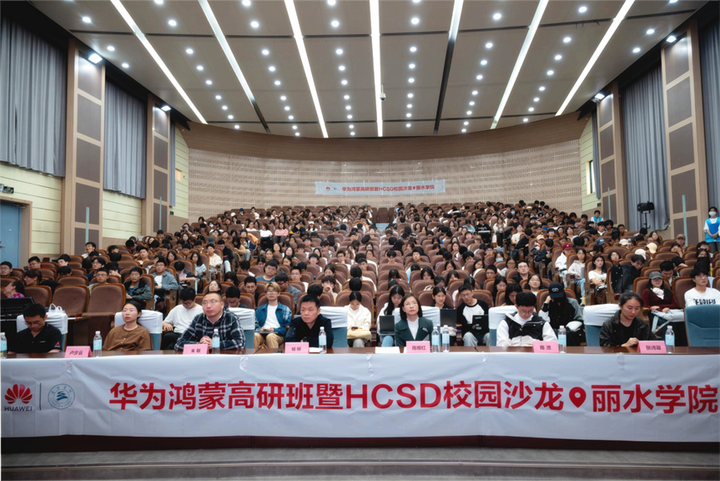LED及LCD冲突问题解决及LCD的驱动改进(蓝桥杯嵌入式stm32G431RBT6)
问题描述:由于LED和LCD有共用引脚、导致调用LCD显示时会修改LED所用gpio的引脚值,导致LED混乱。解决方法:static int x=0x00;staticunsigned char LED5=1;x^=LED5;GPIOC->ODR=(x<<13)&0xFF00;HAL_GPIO_WritePin(GPIOD, GPIO_PIN_2, GPIO_PIN_SE
- 问题描述:
由于LED和LCD有共用引脚、导致调用LCD显示时会修改LED所用gpio的引脚值,导致LED混乱。
- 解决方法:
static int x=0x00;
static unsigned char LED5=1;
x^=LED5;
GPIOC->ODR=(x<<13)&0xFF00;
HAL_GPIO_WritePin(GPIOD, GPIO_PIN_2, GPIO_PIN_SET);
HAL_GPIO_WritePin(GPIOD, GPIO_PIN_2, GPIO_PIN_RESET);ODR寄存器控制所有LED的亮灭、LCD显示会改变ODR寄存器,因此对LED控制时,需要重新赋值,上面程序实现的是基本的LED闪烁,由于需要位不断取反,所以可以利用异或运算:^,可以实现不断翻转,当然也可以直接if else实现:
static int i=0;
if(i==0)
{
GPIOC->ODR=(1<<13)&0xFF00;
i=1;
}
else
{
GPIOC->ODR=(0<<13)&0xFF00;
i=0;
}- LCD驱动的改进:
原来驱动:
/*******************************************************************************
* Function Name : LCD_DisplayStringLine
* Description : Displays a maximum of 20 char on the LCD.
* Input : - Line: the Line where to display the character shape .
* This parameter can be one of the following values:
* - Linex: where x can be 0..9
* - *ptr: pointer to string to display on LCD.
* Output : None
* Return : None
*******************************************************************************/
void LCD_DisplayStringLine(u8 Line, u8 *ptr)
{
u32 i = 0;
u16 refcolumn = 319;//319;
while ((*ptr != 0) && (i < 20)) // 20
{
LCD_DisplayChar(Line, refcolumn, *ptr);
refcolumn -= 16;
ptr++;
i++;
}
}
/*******************************************************************************
* Function Name : LCD_DisplayChar
* Description : Displays one character (16dots width, 24dots height).
* Input : - Line: the Line where to display the character shape .
* This parameter can be one of the following values:
* - Linex: where x can be 0..9
* - Column: start column address.
* - Ascii: character ascii code, must be between 0x20 and 0x7E.
* Output : None
* Return : None
*******************************************************************************/
void LCD_DisplayChar(u8 Line, u16 Column, u8 Ascii)
{
Ascii -= 32;
LCD_DrawChar(Line, Column, &ASCII_Table[Ascii * 24]);
}可以看到 LCD_DisplayStringLine()函数实际上会打印一段char数组,当这个数组全部打印完或者超了20 个(一行最多20个)时,就会停下,但是有一个问题,比如我这一次打印了15个字,下次打印了1个字,在同一行,那么第一次打印的后3个字就不会被刷新掉,所以一般选择加空格来盖掉上一次打印的东西,例如:
sprintf(buf_show," PA7:%d%% ",PWM7_hand*100/5000);
LCD_DisplayStringLine(Line5,(uint8_t *)buf_show);在打印东西的后边加空格,这样很麻烦,如果使用%d自己缩进(%03d固定格式,前面补0,例如:001,010,100这样打印),我们就不知道后边有多少个空,所以最好自己补齐20个
改进代码:
void LCD_DisplayStringLine(u8 Line, u8 *ptr)
{
u32 i = 0;
u16 refcolumn = 319;//319;
char a=' ';
while (i < 20) // 20
{
if(*ptr==0)
{
LCD_DisplayChar(Line, refcolumn, ' ');
}
else
{
LCD_DisplayChar(Line, refcolumn, *ptr);
ptr++;
}
refcolumn -= 16;
i++;
}
}如果这个数组打印完成,但是i没有到20,那么就在它的后面继续打印空格,知道满了一行20个。
Line是第几行,refcolumn是总共多少列,每个字符占16个位置,*ptr是数组的内容,也就是要打印的字。ptr是数组内容的地址 ,&ptr是指针的地址。
更多推荐
 已为社区贡献1条内容
已为社区贡献1条内容









所有评论(0)